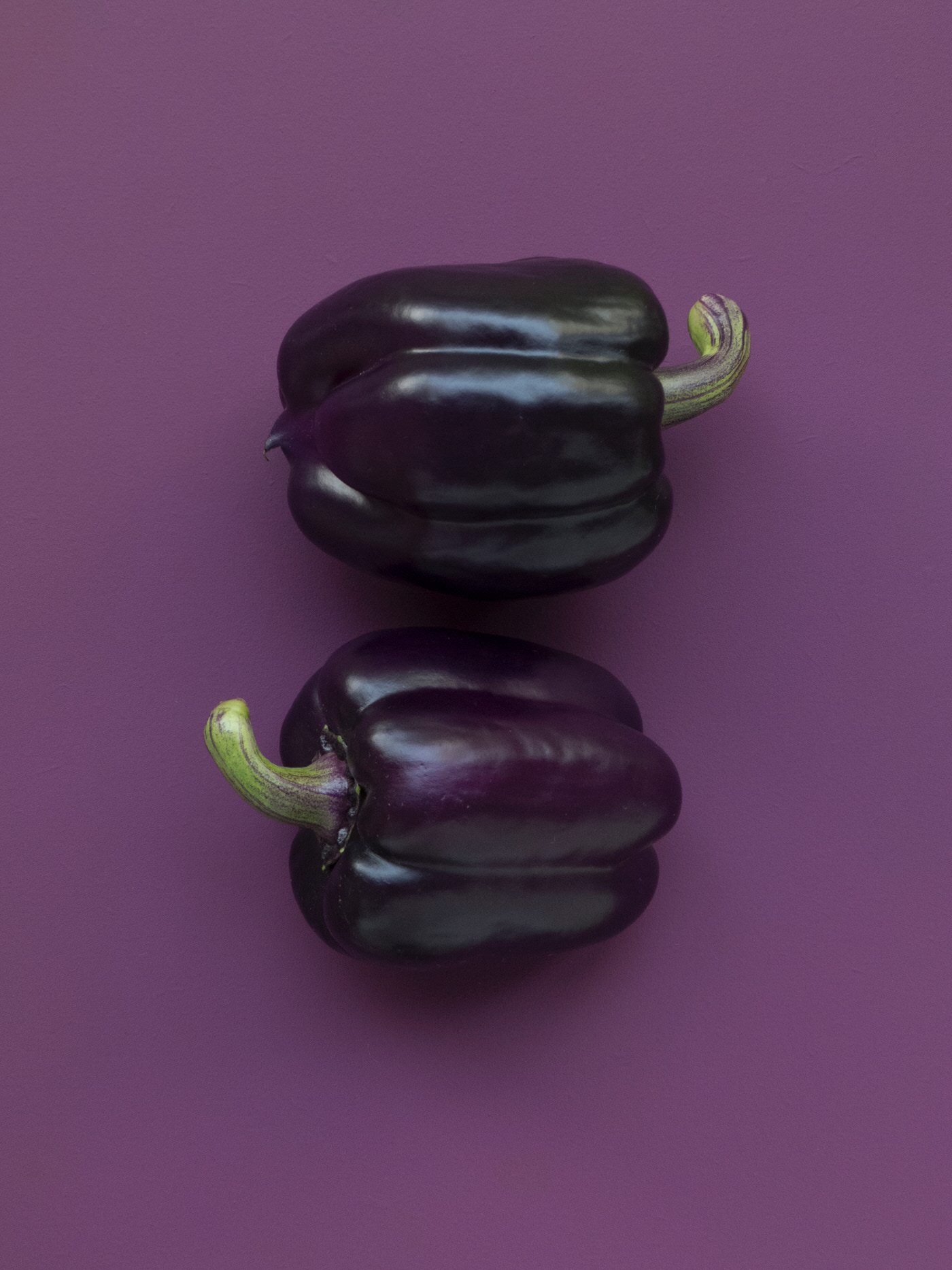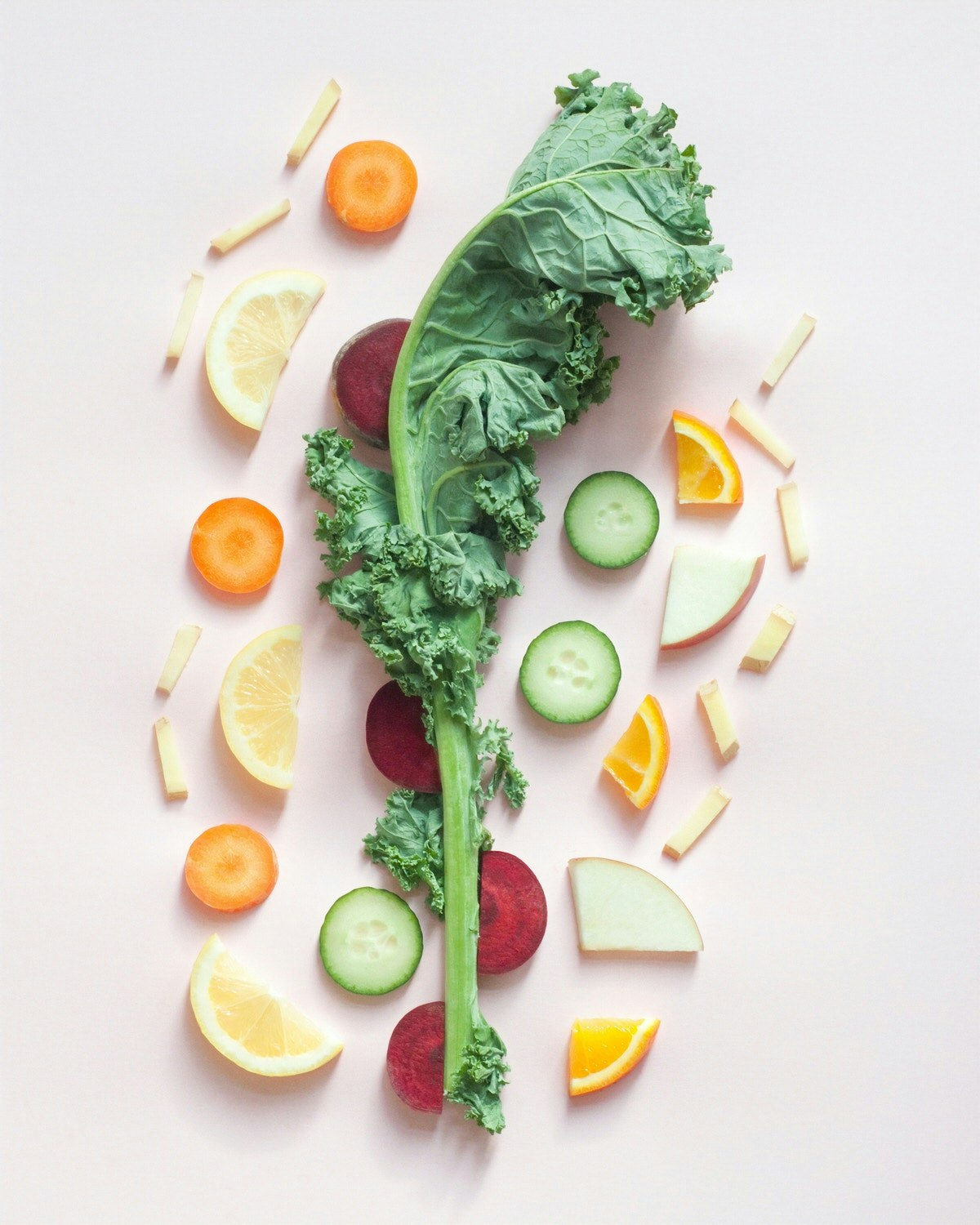I am a HUGE planner and my meals are no exception. I love sitting down, writing out my shopping list and menu for the week, and coming back to fill up my fridge with fresh food. Something about a well-stocked fridge makes me happy. Maybe I’m in the minority here, but I love it! I know that meal planning isn’t for everyone, and many dread that time on Sunday night when they start thinking about meals for the week ahead. But it does not have to be a struggle! It can be fun and exciting and empowering to plan out your meals for the week! It is also a great way to make sure you’re planning for healthy, sustainable meals instead of frantically ordering pizza on a Thursday night because you ran out of food. Hey, it happens! But it doesn’t have to.
1. Collect your recipes.
This is one of my favorite parts of meal planning and meal prep. I used to dread it. I didn’t know where to start or what to make and would end up with something like “meat, potatoes, maybe a veggie”. But that, my friends, is boring and if I’ve learned anything as a former veggie-hater, it’s way too easy to cut out that veggie if it’s not incorporated in the meal. There are so many amazing cookbooks out there featuring simple meals, but there is also a lot of online support.
Enter: PINTEREST. Pinterest is not a social media outlet. It is a search engine. And it is full of healthy, delicious, easy, colorful recipes for anything you could ever imagine. Just type in what you’re looking for and VOILA! Hundreds or thousands of recipes right there, ready to go!
Another favorite resource of mine is barre3. I love their workouts, both online and in studio, but they also have amazingly yummy recipes! And the best part, you don’t have to be an online subscriber to get access to them! Just download the app and BOOM. You have tons of recipes that are so easy and colorful right at your fingertips!

2. Keep a running list.
This is a really important part to long-term meal planning. You need a recipe repertoire at your fingertips so you can go back to recipes that you love or swap out new ones. Every month, I sit down and make a list of recipes we’ve tried in the past month, what we loved, what we didn’t, where they came from (so I can find them again), etc. I usually end up with a couple week’s worth of recipes and stick with that.
Having just half a month of different recipes is a little secret of mine that works wonders.
You do not need 31 different dinner recipes per month. That just leads to buying a bunch of ingredients you’ll only use once and will end up tossing away.
For example: one of my favorite soups calls for lemongrass stalk. But just three stalks. So what do I do with the rest of the bunch if I only make the soup once during the month? Reuse the recipe. Go back and reuse your favorite recipes a few times during the month. It’ll cut down on your grocery trips and your grocery bill, AND you’ll quickly ditch the recipe book or app because you’ll know how to make it from memory in no time!
3. Don’t forget about lunches and snacks.
For the longest time, I would only plan my dinners. Which was all well and good until lunch rolls around on Thursday and I’m like, “I cannot eat another turkey and swiss sandwich.” You don’t have to make it fancy, you don’t even have to make solid plans for each meal. But having a handful of ideas for lunches and snacks (smoothies! roasted chickpeas!) will help keep you out of that mid-week slump.
4. Take stock of what you have.
Before you head out the door for the grocery store, make sure to check your fridge and pantry against your shopping list. You may find a lonely bunch of baby spinach in the back of your fridge that would go great with the casserole you were planning for next week. Bump it up to this week and you’ve got one less thing to buy, and one less thing to toss when that spinach starts to wilt. Knowing what you already have in your kitchen BEFORE you shop and before you finalize your list will save you so much time and money!
![]()
5. Stock the fridge.
When you’ve finished your shopping you’ll need a place to store all of your new food. Every week when I get home from the grocery, the first thing I do is empty out the fridge of old leftovers that didn’t last, empty or near-empty containers, and old unused veggies. Once it’s cleaned up, I stock it up. I have actually gotten rid of the drawers in my fridge.
I prefer to have my veggies staring me in the face when I open the doors instead of hiding them away in a crisper where they’ll be easily forgotten.
This also allows easy access for the kids when they’re hungry!
6. Prep your meals.
I don’t go crazy chopping and prepping at the beginning of the week, but I do make sure every meal’s ingredients are bundled together in a similar place. That way, it’s easy to find when I get to Wednesday’s beet, spinach, and quinoa bowl. I also spend some extra time on grocery day chopping up veggies for snacks and putting them in kid-friendly containers for easy access. Bell peppers, cucumbers, and cherry tomatoes are favorites around here, so I just chop ‘em up, put them in a big bowl, and leave them on a lower shelf so when the kids say, “Mama i’m hungry,” I can say, “Okay, go get something from the fridge!” When they open it up and the first thing they see is a colorful bowl of delicious veggies, they’ll grab it first. It works on grown-ups too. (Keep a container of hummus or homemade spinach and artichoke dip on hand as well.)

7. Be flexible.
This is probably the most important part of meal planning: the ability to make changes and/or ditch your list. We’re only human. Sometimes things come up, we have to adjust our schedule, or we just don’t want to make dinner one night. IT’S OKAY.
Your meal plan is your guide, it’s not a rule you have to follow.
The key is to be flexible and allow yourself to go off the plan. But having the plan in the first place allows you to make that decision and adjust where necessary. I’ll let you in on a secret: no one sticks to their meal plan perfectly. No one. So don’t beat yourself up if one night you decide to toss it out the window and head to your favorite restaurant instead. (Hint: maybe plan that in to your schedule occasionally?)
If you’re still a little overwhelmed, I get it. Meal planning can seem stressful and honestly, it takes a while to get used to. When I first started this system, I would spend at least an hour prepping my lists and plan for the week. Now? I don’t even sit down and plan. I know exactly what my staples are, what works for my family and what doesn’t. Instead, monthly - or when I’m feeling stale with our meals - I flip through some cookbooks or my favorite online recipe sources and spice up our regular meals.
To make it super simple and get you started off on the right foot, I create a super simple meal plan weekly and send it out to my email list for free. You can grab your copy HERE and start planning healthier meals today!
